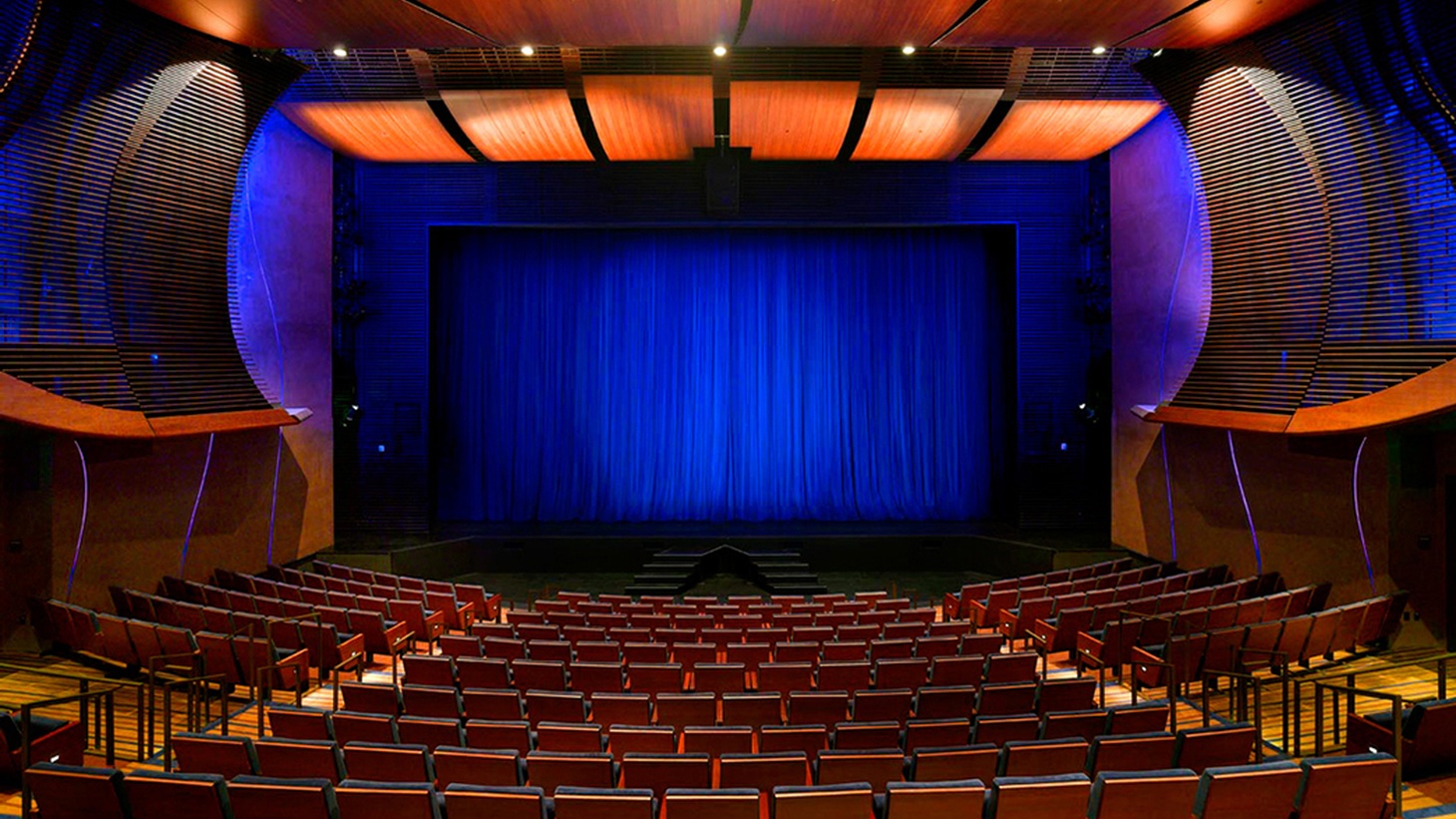
What does it take: Singing Simba
Posted Wednesday, October 5th 2022 by Arbender Robinson
Broadway's very own Arbender Robinson speaks from personal experience in 'What Does It Take?: Singing Simba'
After a decade (yes, a decade!) of auditions and work sessions, it was a dream come true to book The Lion King!
The creative team saw I was finally ready to dive into the foreign land of storytelling, highly stylized movement, and character development, they cast me, and so began my understanding of what that actually meant. The Lion King is a show like nothing I have ever experienced, and the skills required of the performers far surpass what we learn in traditional training programs. If I knew then what I know now, I likely would have run for the hills. Thank goodness for my ignorance.
To succeed in the world of The Lion King, you must have an ear for different styles of music and various dialects and languages. The music is a massive element in the international success of The Lion King. The music tells the story. The rhythms influence the emotions of the actors and the audience in real time. The vocals take us to a time and place by celebrating many different cultures from the continent of Africa, and the chants span many languages, including Zulu, Xhosa, English, Sotho, Setswana, and more. For the record, there is only one Swahili word in the show. Hakuna Matata!
A few things are essential in melding the extraordinary richness of South African Vocals with the vocals we are accustomed to hearing in Musicals. The stage is usually bare, and the set is minimal. This reminds us of the far-reaching world of the Pride Lands. Our vocals need to give value to this vast space. This forces us to always sing to the end of each and every line. It calls for control and minimal vibrato. The vocals should feel like a call or yell that can travel for miles and miles. Just think of the first sounds you hear in the show. Rafiki calls out to announce the birth of the future king, and the first 60 seconds of the show celebrate these skills perfectly.
Unlike most songs with a beginning, a middle, and an end, Simba's songs build and build to the end of his songs. He leaves the audience wanting more and eager to see what he'll do next, which requires a tremendous amount of vocal stamina.
Everything in the show is percussive. We celebrate the percussion in the orchestrations. We enjoy the percussive choreography in many of the dance sequences. We celebrate the percussive vocals in chant with clean articulation and rhythm. The entrances are crisp, and the cut-offs are deliberate. Understanding complex and polyrhythm is imperative.
Take a look at "Endless Night." This is one of the solo numbers that Simba has in the show. See if you can notice these three elements as we celebrate what the audience hears.
To perform in the The Lion King, you also must work with puppets. This is my favorite element of the show. You can decide if you want to watch the puppets and masks or if you want to watch the actor. We call this the "dual event" as these two performances happen simultaneously. We also see actors moving like animals. Every animal has its own movement vocabulary, and no two species move alike.
You learn how animals walk, paying attention to the pace and the way the feet start and stop moving. Like the feet, the actor's hands become an extension of the animal, and we use them carefully to give the animals life.
Each animal uses different body postures. The hyenas are low with their head down. The cheetah walks on slightly bent legs but is fully erect and tall from the waist up. The lions are a bit more erect with the chest up. The shoulders roll as they move. They move quickly, followed by a pause and then a sharp movement. There is some hesitation as if testing the waters before making a sudden movement.
The characters are also masked, which means body awareness is a must. Though animals don't have expressions like humans, you can look at an animal and imagine what they are thinking or feeling based on their head position and movement. The same thing happens here. The expression on the mask never changes, yet, we generate the emotion with the slightest adjustment of the head. This also means we must know how and when the head moves. The mask will respond to even the slightest movement.
Look at this video clip and pay special attention to how the animal moves—the hand, feet, body, and head. Be sure to take a moment and watch the mask and the actor—the dual event.
The Lion King is a coming-of-age story. Simba eventually goes back
home, defeats Scar, and becomes king. That may be the story being told, but Simba was king before he defeated Scar. In fact, Simba was king the
moment Mufasa died. Simba was born to be king, and there was nothing he needed to do to earn this title. Therefore, the actor playing Simba must behave, think, move, sing, and live like a king. He is the king, even if he may not be aware of it. While auditioning for the role all those years, I tried to make Simba become the king, and that was a mistake. Nala has the lyric, "Why can't he be the king I know he is - the king I see inside?"
Simba is grand. Simba is strong, a natural leader, and wise. We must watch
this grand, strong, intelligent leader navigate the world of The Lion King. When the actor knows this he can bring the the character to life, bringing all the pieces together. The audience hears the call of a leader in the vocals. The audience sees the command and presence in the body through posture and movement. Finally, the audience believes in the journey because the actor knows he is king.

Arbender Robinson
Musical Theatre Associate
Arbender Robinson is currently the Musical Theatre Coaching Associate at New York Vocal Coaching, and Co-Director of New York Acting Coaching. No stranger to the stage, Mr. Robinson has appeared in ten (10) Broadway musicals. He made his Broadway debut in the Tony Award winning production of Hairspray; where he covered the role of Seaweed. In the original cast of Disney’s The Little Mermaid he covered the role of Prince Eric. He also served as the Dance Captain and Swing for the Broadway revival of Hair and appeared in the Broadway revival of Ragtime. His credits continue with Disney’s The Lion King, one of Broadway’s longest running and all-time highest grossing show. Later, he was in the original cast of Beautiful- The Carole King Musical and the 2014 revival of Les Miserables and as the cover for Marius. He is also the first African American to ever play Marius on Broadway. Arbender was also in the original cast of Shuffle Along and performed with many Broadway Legends including Audra McDonald and Brian Stokes Mitchell. The list of legends continue with Director George C Wolfe and Choreographer Savion Glover.

Does Practicing Help? An Informal Study (Part I)
In this article, Andy King outlines his six-week study on students’ singing practice habits to examine consistency and motivation.

Why We Use Vocal Exercises
In this article, Tim Rosser shares the benefits of using vocal exercises for voice training and how singers can use vocal exercises appropriately to their advantage.

Music for All: An Ode to Building and Servicing Our Community
In this article, Andy King discusses the impact community service through music has made on him and explores ways we can help build and service our communities.